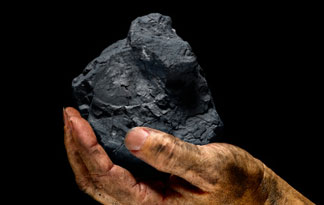Petroleum is used to power homes, cars, and businesses; but where did it come from?

Image source: faceofmalawi.com
Natural gas and oil make up petroleum. The word petroleum means “rock oil” in Latin. Petroleum is a fossil fuel made naturally from (prehistoric) decaying plants and animal remains. Petroleum is a mixture of different molecules, including hydrogen and carbon that exist as liquid or vapor. It can be found in offshore wells, deep seas, and caves.
Petroleum is generated over millions of years. For petroleum generation or production to occur, organic matter like dead plants or animals must accumulate in large numbers. This organic matter will then be deposited along with sediments (rocks). Sediments and organic material that are now formed as source rocks will be buried in the absence of oxygen. Without oxygen, the organic material in the source rock will be transformed into petroleum. Source rocks like shale or limestone are an excellent source of petroleum.

Image source: auto.howstuffworks.com
Natural gas is found next to or near petroleum. The oil is then transported for fuel distillery. There are technologies used to liquefy natural gas so it can be transported in tanks. There are more than 100 countries that produce both oil and natural gas. Technologies that help find sources of petroleum are now advanced. There are still oil and gas reserves to be discovered—in deeper basins and remote areas.
Primera Energy LLC is headed by Brian Alfaro. The company operates on the Eagle Ford Shale in Southern Texas. For more petroleum news and facts, follow this Twitter account.